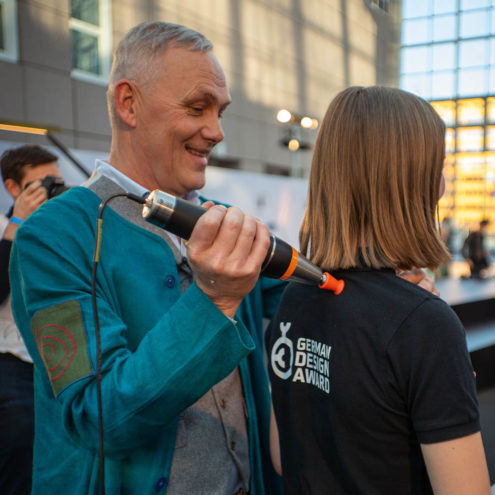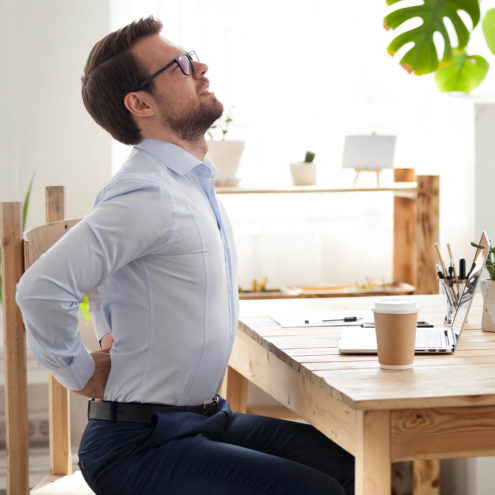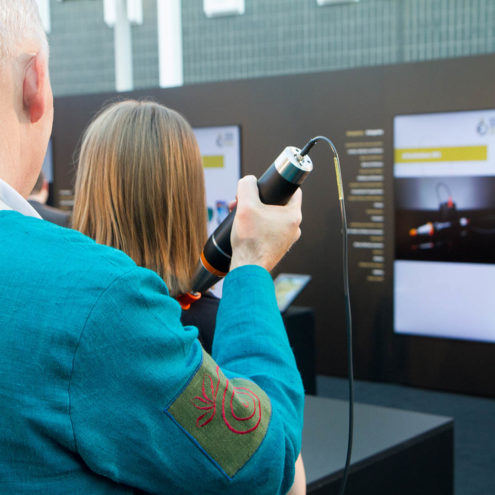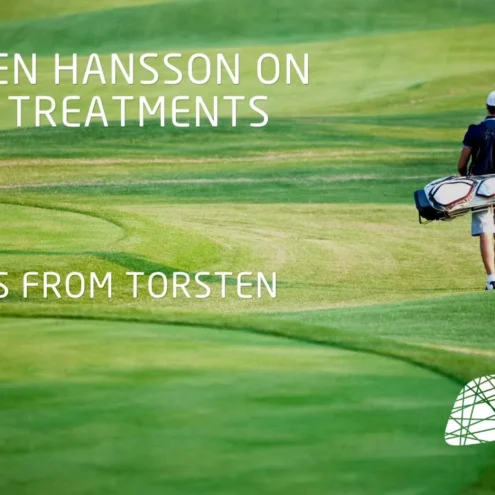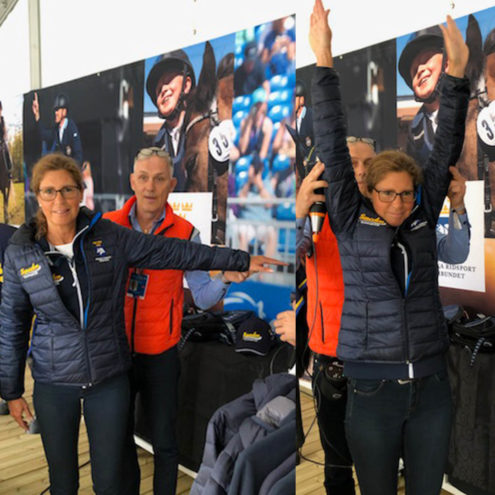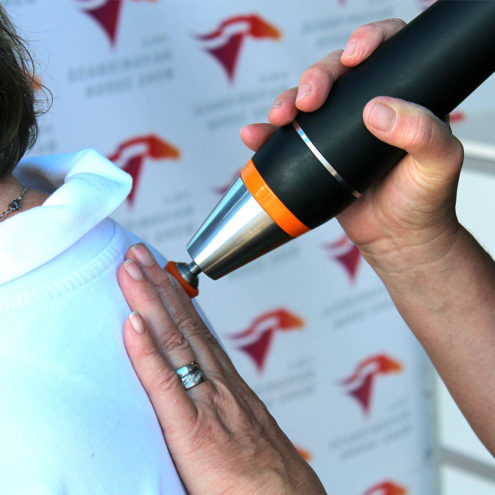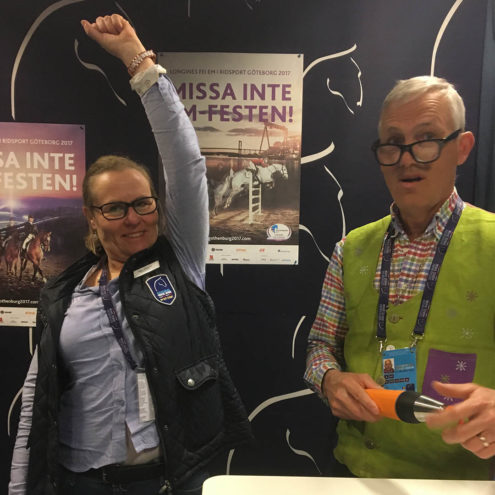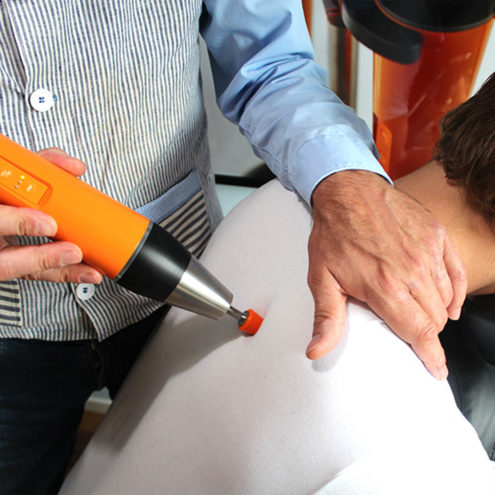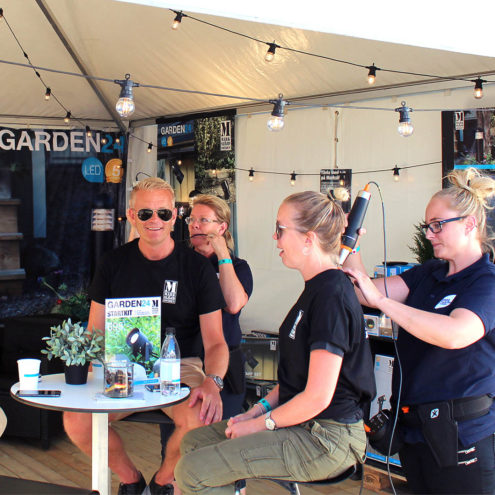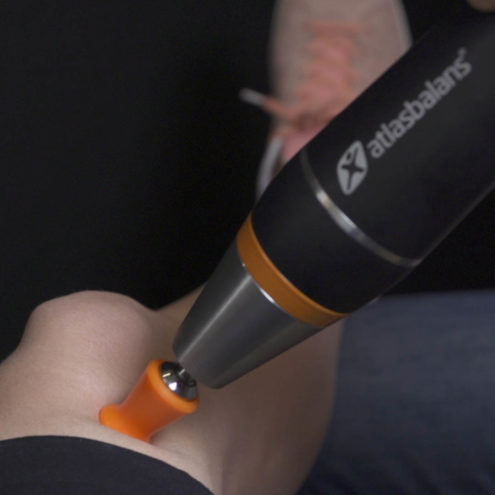Buttocks exercises – Strengthen and shape the glutes
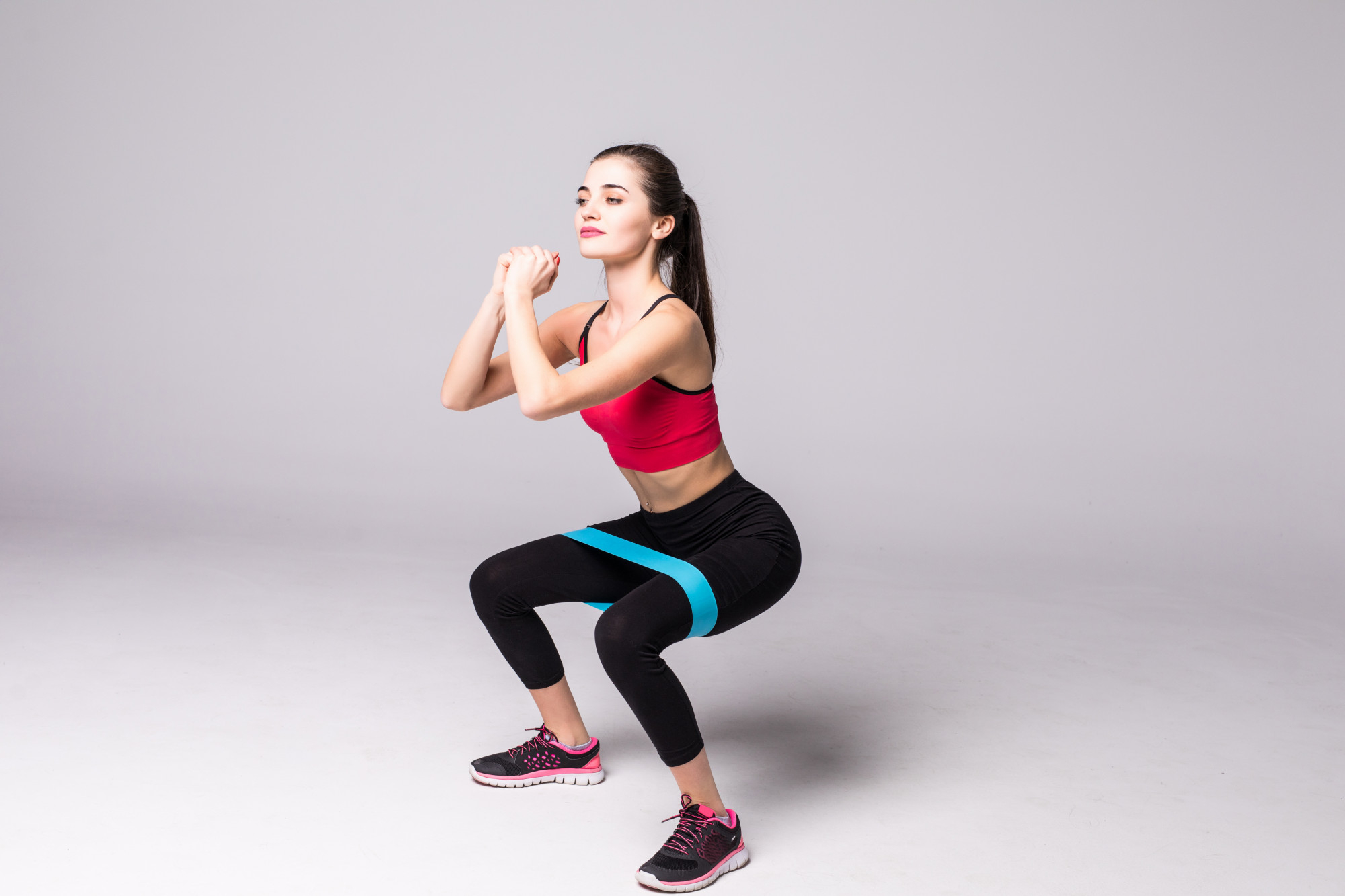
The gluteal muscles (gluteus maximus, medius and minimus) are some of the strongest and most important muscles in the body. They play a crucial role in movement, stability and posture. By exercising your buttocks regularly, you can not only shape a more defined posterior, but also improve your posture, reduce strain on the lumbar spine and increase your performance in various forms of exercise.
In this guide, we look at why buttock training is so important, which exercises are most effective, and how you can optimize your training for different goals. We also share tips to avoid injury and tell you how Fascia Clinics can help you improve your muscle health through fascia treatment and advice.
The benefits of exercising the glutes
Having strong glutes is about more than just aesthetics. Here are some of the main benefits:
1. Increased strength and stability in the hips
The glutes help stabilize the hips and pelvis during movements such as walking, running and lifting.
Stronger gluteal muscles reduce the risk of misalignment and imbalances in the body.
2. Better posture and reduced back pain
Strong glutes help relieve pressure on the lower back and improve posture.
A weak butt can lead to overcompensation in the lumbar spine and knees, which can cause pain.
3. improved performance in other forms of exercise
The butt is central to explosive movements like sprints, jumps and squats.
Training the glutes improves your performance in sports such as running, weight training and cycling.
Basic exercises for the buttocks
Here are some of the most effective basic exercises to activate and strengthen the butt muscles:
1. Squats (Squats)
Muscles that are activated: Glutes, quadriceps, core
Implementation:
- Stand with your feet shoulder width apart.
- Lower your hips backwards and downwards as if you were sitting on a chair.
- Push back up through the foot to the starting position.
2. Hip lift (Glute Bridge)
Muscles that are activated: Gluteus maximus, hamstrings, core
Implementation:
- Lie on your back with your feet on the floor and knees bent.
- Press your hips up towards the ceiling by pushing through your heels.
- Hold the top and slowly lower back.
3. Lunges (Lunges)
Muscles that are activated: Glutes, quadriceps, core
Implementation:
- Take a large step forward and lower your body until both knees are at 90 degrees. The upper body should be upright.
- Push back to the starting position by pressing with the front foot.
- Repeat on the other leg.
Space training for different goals
1. To build muscle mass
Train with heavier weights and fewer repetitions (6-10 reps).
Focus on basic exercises such as squats, deadlifts and hip lifts.
2. to improve endurance and explosiveness
Train with lighter weights and more repetitions (12-20 reps).
Include explosive movements such as jumping lunges and box jumps.
3. to get a more defined butt
Combine strength exercises with high-intensity training.
Vary your workout with glute kickbacks, sumo squats and single leg exercises.
Common mistakes in butt training
1. Wrong technique for squats and lunges
If you lean forward too much or don’t activate your butt, the quadriceps can take over the exercise.
Solution: Keep your weight on your heels and push through your glutes.
2. too little resistance
Using too light weights or too few repetitions can reduce the effectiveness of the exercise.
Solution: Progressively increase the weight and vary the exercises.
3. Forgetting mobility and activation
Stiff hips and inactive glutes can lead to the lumbar spine taking over the load.
Solution: Warm up with activation exercises, such as glute bridges and monster walks with mini bands.
Mobility and stretching for the glutes
Stretching the glutes after exercise helps to reduce stiffness and improve recovery.
1. pigeon position (Pigeon Stretch)
Stretch your hip by placing one leg in front of you and the other straight back.
Keep the front leg bent.
Lean your upper body forward and support yourself on your hands or forearms.
Hold for 45-60 seconds per side.
Hold for 20-30 seconds per side.
2. seated stretch for the glutes:
Sit with one leg over the other. The knee should be bent.
Grasp the upper leg and press the knee against the opposite shoulder. Keep your lower back slightly arched during this time.
Injury prevention exercises for the buttocks
To avoid injuries and improve stability, you should include stabilizing exercises:
Side walking with rubber bands – Improves gluteus medius activation and reduces the risk of knee problems.
Single leg hip lift – Strengthens pelvic stability and reduces strain on the back.
Tips for a sustainable butt training routine
Vary your workout by using both free weights and machines.
Balance strength and mobility by combining heavy lifting with stretching.
Exercise regularlybut give your muscles time to recover between sessions.
How Fascia Clinics can help you with buttocks training and muscle health
At Fascia Clinics, we offer specialized treatment and rehabilitation to optimize your training and reduce the risk of injury. Our fascia treatments can help you to:
Reduce stiffness and pain in glutes and hips.
Improve mobility and muscle balance for a more effective workout.
Preventing injuries by identifying and correcting biomechanical imbalances
Want to get more out of your training and avoid injury? Visit fasciaklinikerna.se fasciaklinikerna.se and book a consultation today!
 Search
Search



